Nik Bärtsch workshop (Part Two) -- Val Mesocco, Switzerland
 Saturday, September 7, 2013 at 5:06PM
Saturday, September 7, 2013 at 5:06PM 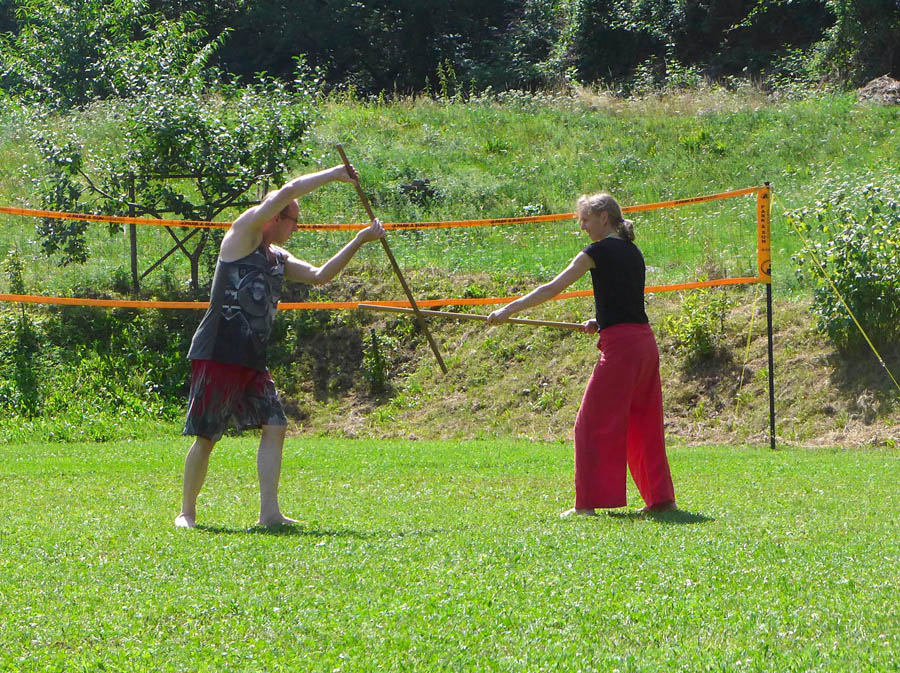 A bit more about the aikido practice.
A bit more about the aikido practice.
As I mentioned before, our aikido work was mostly with weapons and led by Andrea. I say ‘mostly’, because it was often hard to say when we were doing aikido and when we weren't. Many of the games and bodywork bridged across the music<>aikido spectrum.
Though once we had weapons in our hands we were definitely practicing aikido. One of the interesting things for me was that Andrea and Nik’s weapon work was different from what I was used to. It wasn’t far away, but it seemed to come from a different line. Both, their bokken (sword) and jo (staff) attacks had different movements to them than what I was used to. I have been practicing aikido for about 6 or 7 years now and have visited a few other dojos in that time. Which is super fascinating, as I have had both ‘recognition and confusion’ meet when the sensei presents a technique. But with the work this week I had to struggle. Both externally and internally.
The external struggle was with the specifics of some the movements. For example with their bokkun strike, when the sword is raised and right before you strike, it drops further down the back than at my dojo. We hold the sword more above the head. Also, the strike comes directly down when you swing, whereas we make a fuller arc out in front. Andrea caught both of these within 3 minutes. I didn’t even notice at first. I just thought to myself, “bokkun strike” and did what I knew. (Doh! That’s what is nicely called moving from a place of habit. You could also say “Trey was not at home”.)
Similarly with the jo. Their jo tsuki (a kind of punch or jab with the staff) is much lower than at my dojo. And the jo’s relationship with the arms is different at the full strike position. This one was obvious to me right from the start and I began asking my body to emulate it as best I could.
These external issues were clearly a result of my experience. If I was a total newby I could probably have learned quicker. If I was an old-timer I would be adaptable enough to make minute changes on the fly. But I am neither a newby nor an old timer. I am an in-betweener (I am testing for 1st kyu in October. One rank below black belt). So my body and I were in a kind of fight to ‘do it this way’ for the week.
(Incidentally, when I returned home to my own dojo I showed my sensei their bokkun strike and he immediately said “That comes from Saito Sensei.” Bingo, Andrea and Nik’s line comes directly from Saito Sensei. My sensei’s sensei was/is Chiba Sensei. I guess he uses a different strike.)
The internal struggle was much more interesting and truly caught me by surprise. I had no idea this was in me. It went something like, “Hmmm…different bokkun/jo strike. Well, that is wrong. I know how to do this strike. I’ve trained for six years. These guys have it all wrong. My dojo has the real strike. My dojo is the real dojo. My aikido is the real aikido!” Ha! Hilarious. I have encountered this attitude with the odd visitor at our dojo and I never understood it. I've always thought, "You chose to come here to work. And this is how we do it. So shut up and work with us!"
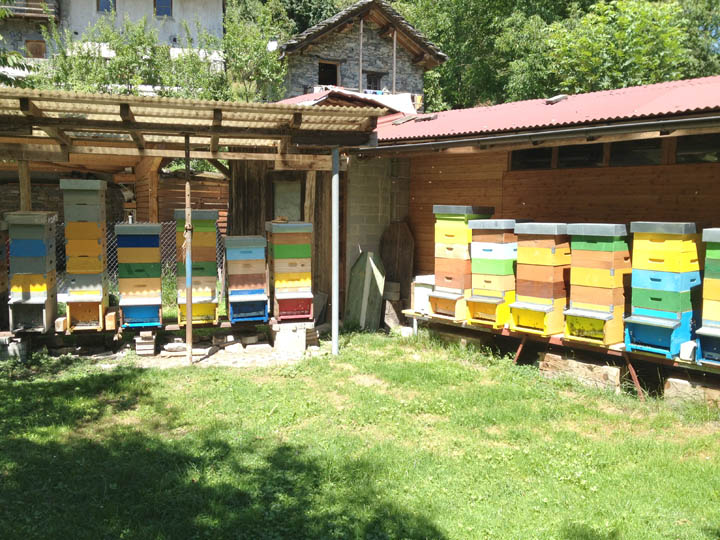 I had no idea that my generally good-natured openness could close as fast as a lead garage door. But here it was, standing boldly in front of me, arrogant as a lion and mule combined.
I had no idea that my generally good-natured openness could close as fast as a lead garage door. But here it was, standing boldly in front of me, arrogant as a lion and mule combined.
What did I do with it? I cut it to pieces. With Andrea’s bokkun strike! For this week, I was here to work with what we were working with. I didn’t come here to prove anything. So, I closed the door on how I knew weapons and adopted everything presented. It wasn’t like a light switch that I could just flip to another setting. I had to keep dealing with this arrogance popping up, in the cracks. But each time it arrived it was lighter and more ridiculous. Until finally it had no real force left in it.
No doubt Andrea’s attitude helped. She asked to me show her one of the jo forms from our dojo, which I have been working on for about 5 years. She learned it in about 30 minutes! It’s fascinating how, even in the most subtle domains, being open can dissipate dirty energy.
- - -
Now to the hips. This was the big revelation of the week.
Ready?
Rhythm is in the hips.
And I don’t mean like you dance or move from your hips and that gives you a good sense of time. I mean that loosening up my hips/pelvis and then holding my attention there while I played the guitar gave me an extremely solid sense of time. As soon as my attention would slip away from the pelvis, I would tighten up and try to ‘squeeze’ the rhythm out. Focusing the attention back to the area left my whole organism open to the rhythms – both microscopic (this note, right here) and macroscopic (this whole phrase during the shape of this whole piece).
Amazing, actually.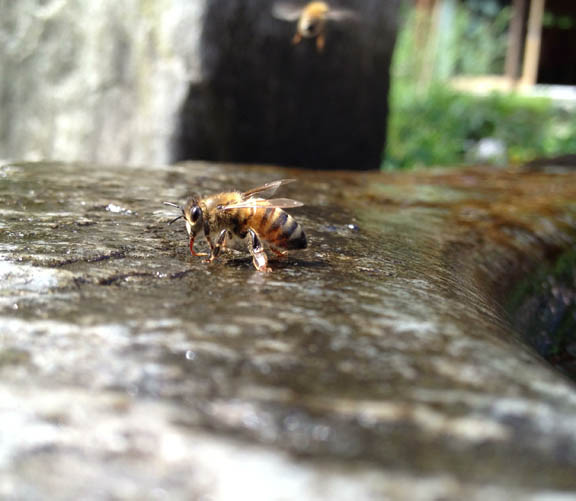
This revelation, like all good head-blower-off-ers, has been long in process. One of the key principles in aikido is to move from the hips. When you are throwing someone and it looks as if the upper body is doing the work, this (when done in the deepest way) is not the case. The thrower (nage) generates the movement from the hips and the upper body follows. This technique gives you far more power and takes very little effort. But it isn’t easy at first. In fact, I have only been able to get a grip on it the last two years.
Over the last few months I have working more and more with this by playing around with initiating movement from the hips. Especially when, in my case, I am so programmed to use my upper body to do everything and the lower half is the follower.
Nik had us doing tons of work loosening up the hip area. Walking in place, walking around the yard, figure-eight movements with the pelvis, all number of twists, turns and more. This had the effect of sensitizing up the area and my awareness of this part of my body. Then we would either apply these warm-ups to the aikido practice or during the music sessions using shakers and counting and, finally, our instruments.
I was in a bit of disbelief at the rhythmic timing aspect at first. I mean, I was sitting on the ground with my guitar and my hips were not moving even a fraction of a millimeter while I played. I would put my awareness into the hips and the rhythmic drive and precision would come into focus. My awareness would move away to something else and then my timing would drift. Or, I would simply drop a beat. (Remember this was tricky shit we were playing!) I would bring my attention/awareness back to the pelvis area and…everything came back into focus.
Could the musical life be so simple?
Well, it has taken me 45 years to get here! So, it isn’t so simple for this guy.
I have much homework to do regarding this aspect of the week. One small piece is to confer with my drummer buddy, Bill Rielfin, on this whole hip thing. Bill mentioned something to me a few months back about the Alexander Technique’s approach to releasing tension in the neck area. (Bill and I both have experience -- he much more than I -- with the Alexander Technique through Guitar Craft.) Bill had a recent revelation regarding AT getting it all wrong, at least as far as drummers go. The tension that needs releasing is in the hips, not the neck. As far as this revelation goes, I could be getting it all wrong, as Bill needs to debrief me further. I look forward to that conversation.
- - -
Multiple languages.
We had no common language between us except English. And, I was the single person who could speak only English, which was perfectly convenient for this arrogant Texan.
Interestingly, if Nik and I had a total vocabulary in common I would have missed many of his points, even though his English is damn good and quite sophisticated. At times we had to work as a group to delineate the exact meaning, and do this across several languages. I can attest that this brought deeper understanding to the points being made. It was fascinating how very subtle observations could benefit from being described without full language overlaps between people.
- - -
Day hike in the Alps.
We had one afternoon off during the week. Several of us took the bus way up to the end of the valley and went hiking. Awesome gloriousness.
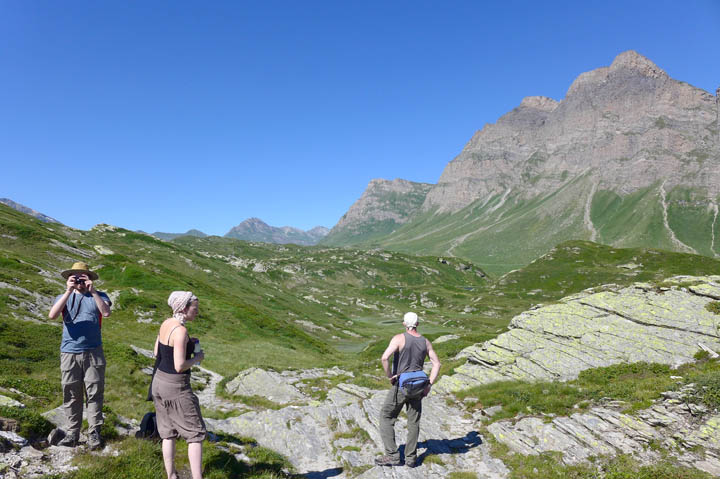
- - -
Practicing.
Another interesting thing came up during dinner one night. One of the players (and a very, very good one) said that they didn’t really practice anymore. Nik gave his take on practice and then threw the ball to me. I had no response to offer at the time but I do now. So I will rewind the universe and deliver my response as if it just rolled off my tongue with casual ease.
Two things come to mind:
1. When you get to be about 40 years old (this player was in thier late 20s) the strategies that you have used up to this point in life no longer work. You have to alter yourself and how you do things. These strategies, which were probably set by age 6 and helped you to get this far, become largely useless. And, in many of us, they turn into a kind of prison.
2. When you begin as a musician your concern is with what you play. And, likewise, your practice is centered around the "What." For example, "I wish to play this particular Nirvana tune.”
The next stage is with the "How." How am I playing this? What qualities of the "How" can I bring into my playing? And, your practice begins to center around that. For example, "I wish to play this Nirvana tune with the relaxed-ness of a boat on the sea but with the terrifying energy of a Tazmanian devil."
The next step is "Why." What is the "Why" of the doing of this? What is my personal "Why?" Then, your practice must begin to center around this. Not until you have bathed every aspect of your playing in your own personal "Why," are you on the road to mastery.
In my experience these things aren’t necessarily sequential. But a committed player eventually bumps into them and must reckon with them all.
- - -
Whew! OK. I need some relief from all that whizzdom-ness.

- - -
Final thoughts.
I’m now back home and have been incorporating as much of this workshop as I can grasp hold of into my daily work. Fluidity, flexibility, filling the body with presence, hip awareness, contact with my instrument and fellow players and more. It is all beginning to shift into a kind of memory mush, but so far it is a good and useful mush.
In our final meeting Nik asked how the week was for each of us. Strangely, my response came out as a kind of regret. I said that I felt a sadness for myself that I hadn’t encountered this material when I was younger. I know it would have altered my musical life in a huge way. Oh, well. This is life. Now I have encountered it, so the work begins. Again, again.
In closing I can say the following with confidence. At present no one is doing this kind of work like Nik Bärtsch is. If you are musician who is aspiring to be a serious player you should do what you can to get yourself in front of this man’s work.
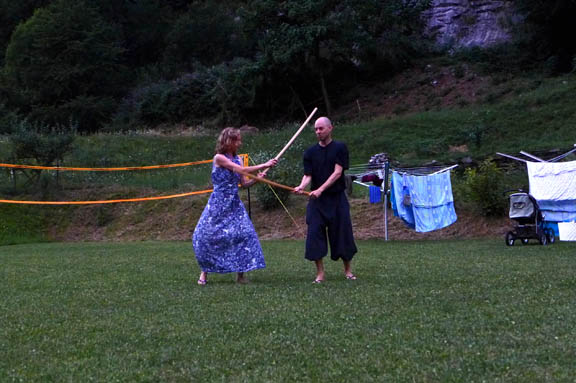
 coaching,
coaching,  nik bartsch,
nik bartsch,  teaching,
teaching,  time
time 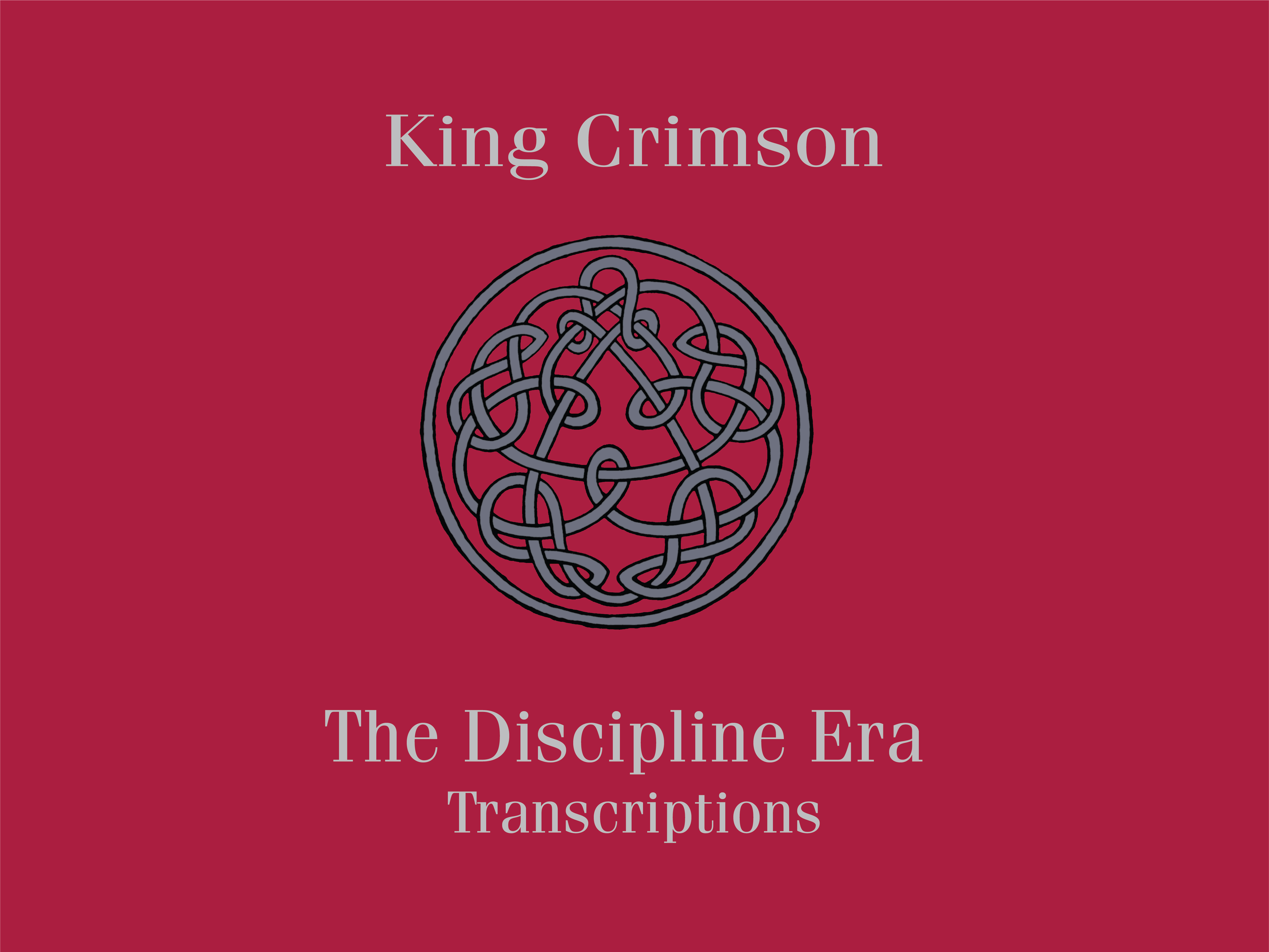
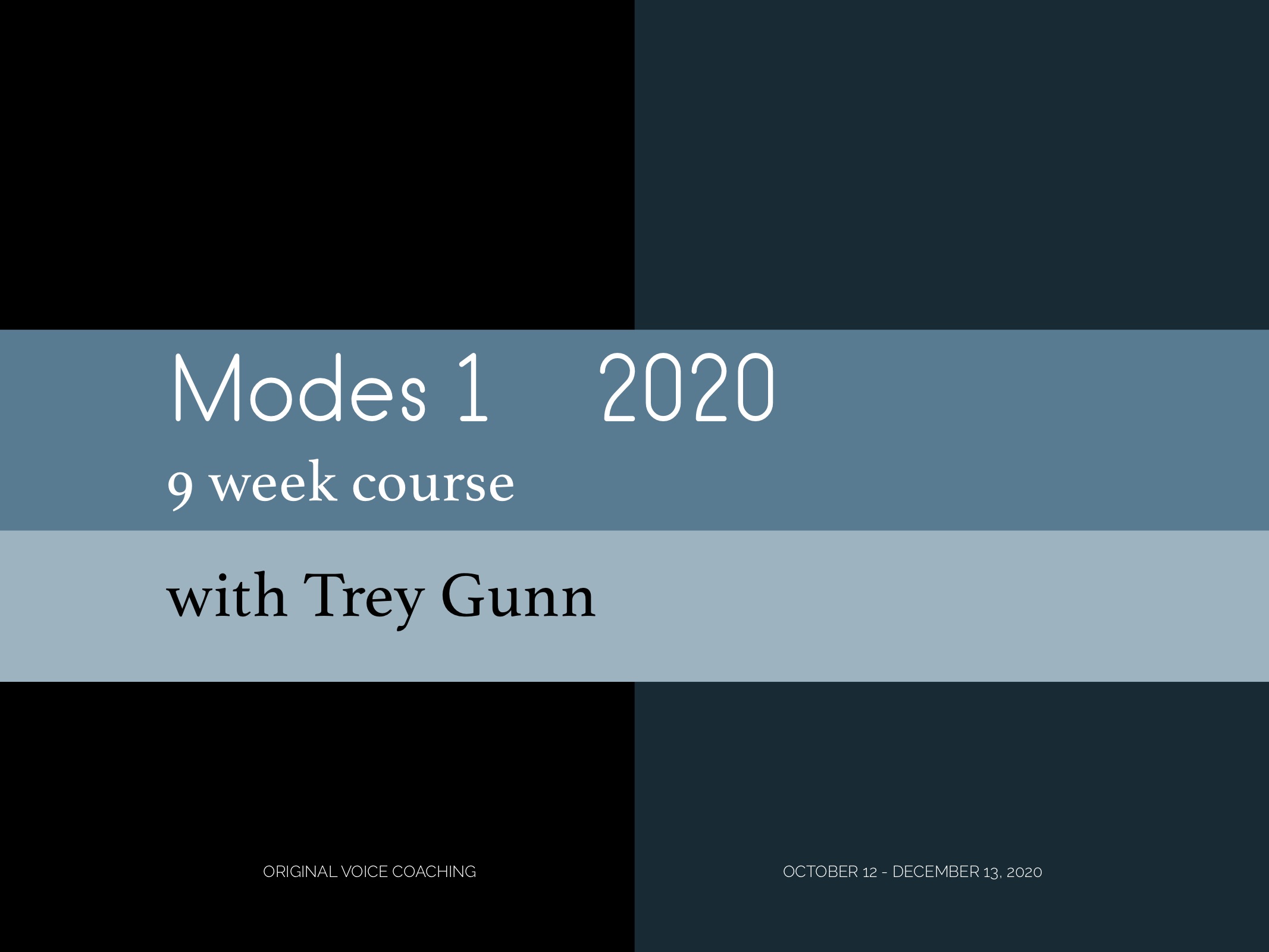
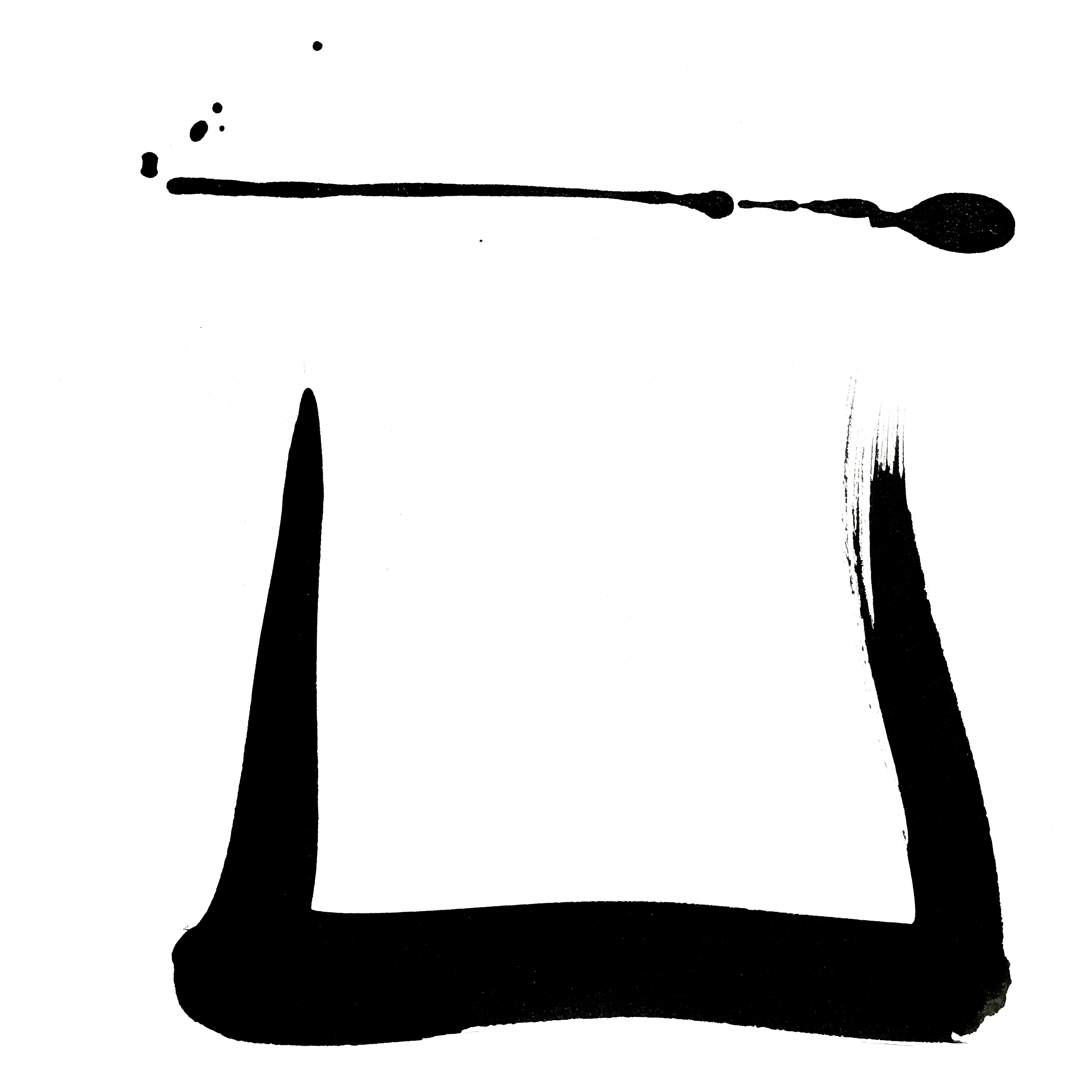
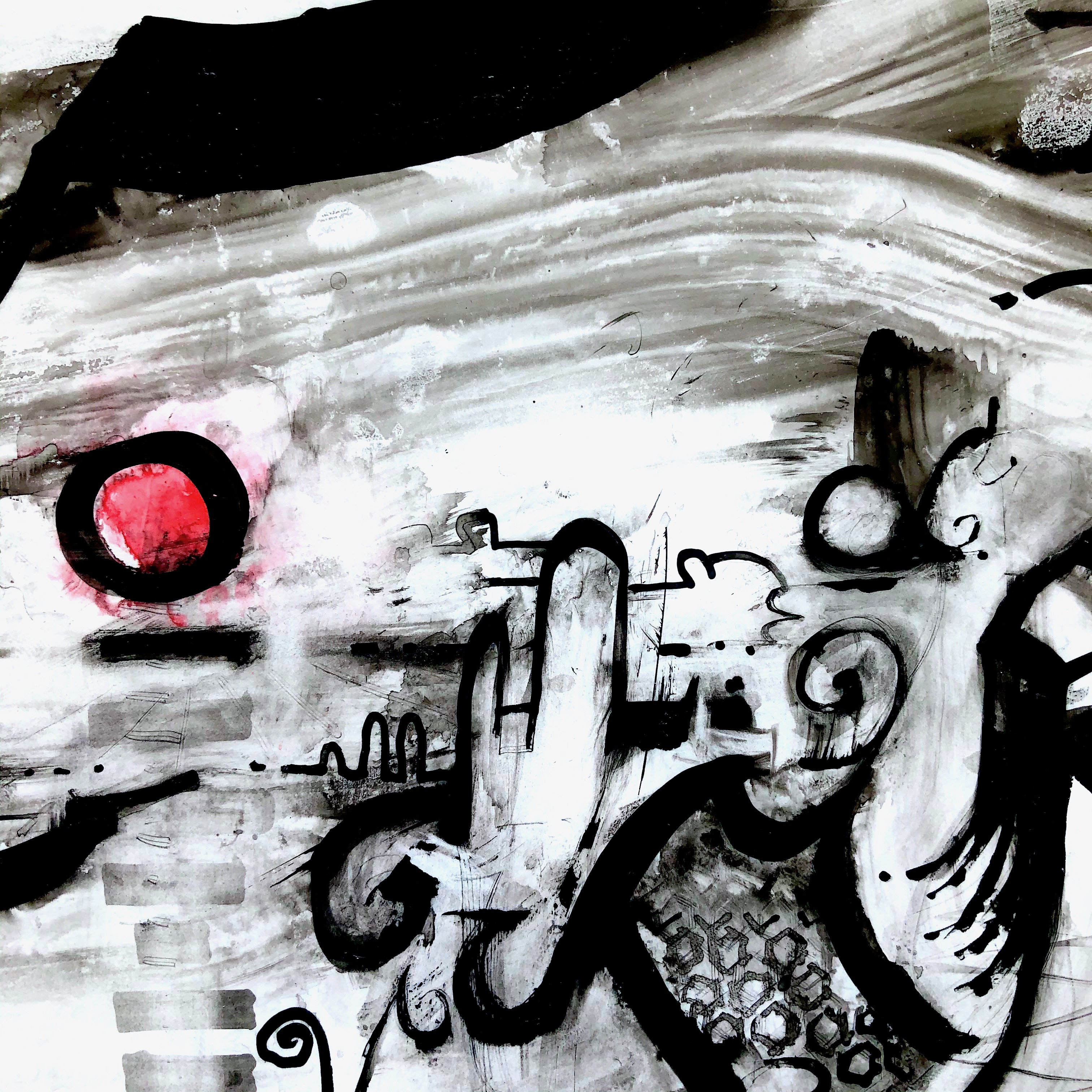
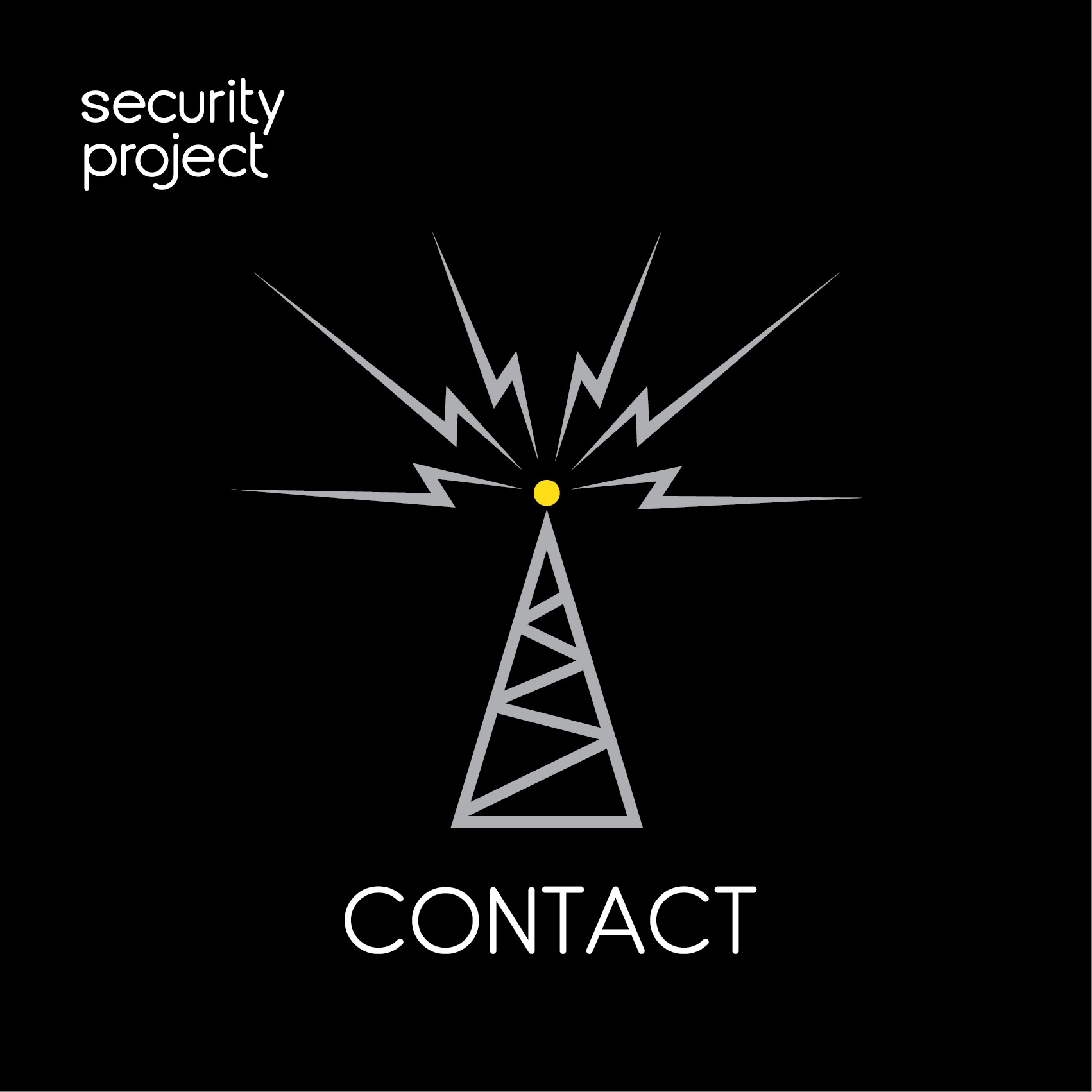
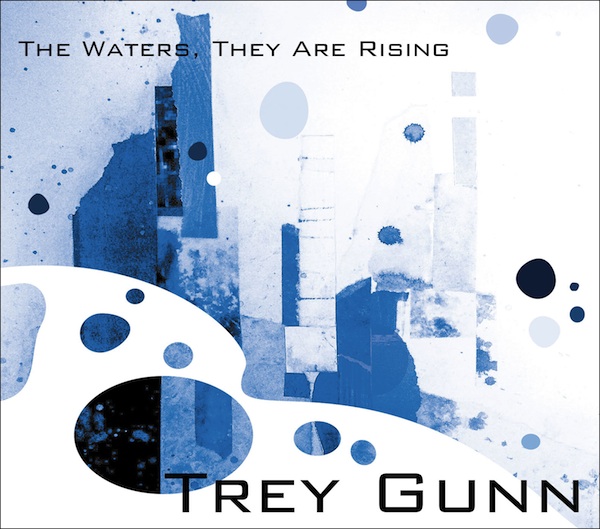
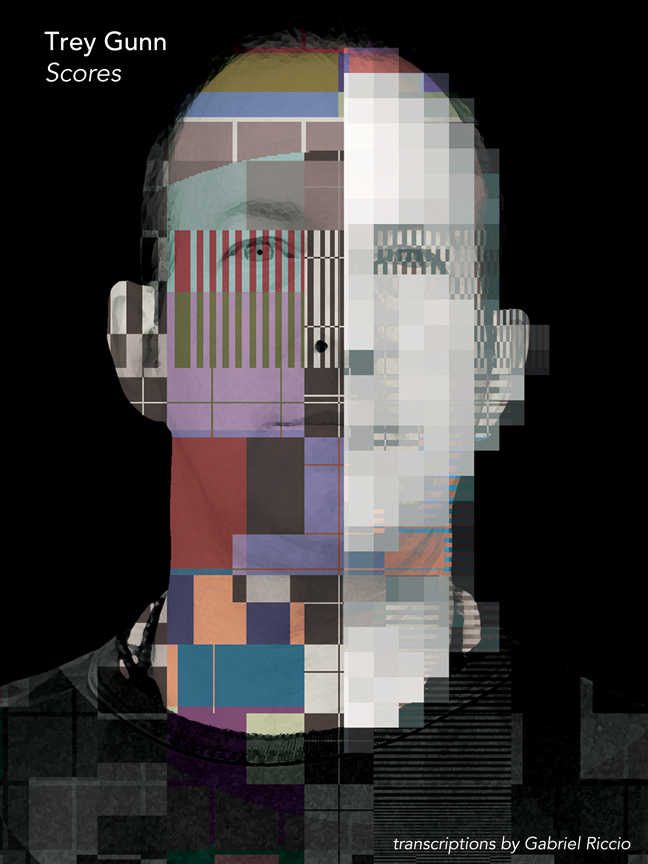

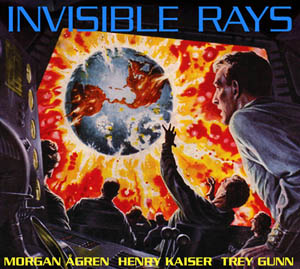
Reader Comments